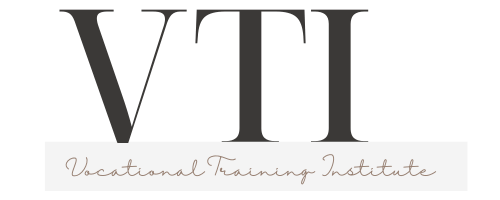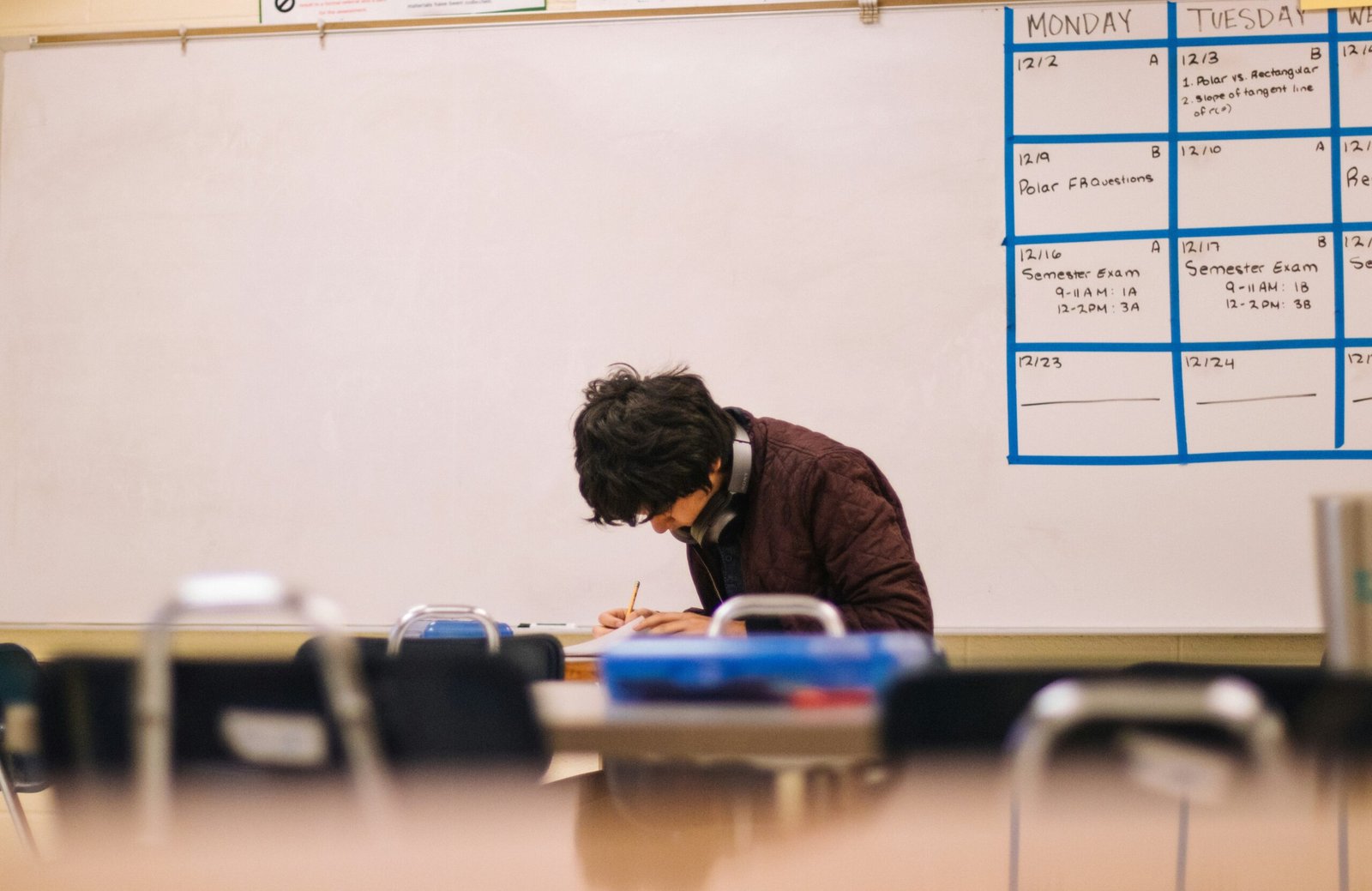Vocational Training Overview
Vocational education, or career and technical education, has come a long way. Once seen as the “other” option for those not heading to college, it’s now a solid path to various post-graduation opportunities, including college.
Evolution of Vocational Education
Vocational education has shed its old image. It’s no longer just for those who aren’t “college material.” Today, it’s about giving students real-world skills in fields like carpentry, culinary arts, healthcare, technology, and graphic design. These programs mix hands-on training with classroom learning, prepping students for the job market.
Vocational Programs and Fields
Vocational programs span a bunch of fields, offering training in areas that are in high demand. They often work with local employers to keep the curriculum relevant. Here are some popular fields:
- Carpentry
- Culinary arts
- Healthcare
- Technology
- Graphic design
These programs give students specialized knowledge and hands-on experience in areas with plenty of job opportunities.
Vocational training isn’t just for high schoolers. It’s also great for anyone looking to pick up new skills or switch careers. Vocational schools offer flexible schedules, perfect for those juggling work or family. Evening classes, online programs, and self-paced learning make it easy to fit education into your life. Check out our article on vocational training courses for more info.
Vocational training is a budget-friendly way to gain valuable skills quickly. It focuses on practical experience that matches job market needs, making it a smart choice for anyone looking to enter a specific trade or profession. Whether you’re in high school or looking to make a career change, vocational programs offer great opportunities for personal and professional growth.
Models of Vocational Education
Vocational education for high school students comes in a few flavors, each with its own perks and quirks. Let’s break down three popular models: self-contained schools, programs within traditional high schools, and transition planning.
Self-Contained Schools
Some states have vocational schools that are like their own little worlds, separate from regular high schools. These schools are all about hands-on learning and practical skills. Students spend all their high school years here, diving deep into their chosen trades or fields. It’s like Hogwarts, but for future mechanics, chefs, and tech wizards. This setup lets students focus entirely on their vocational training without the distractions of a traditional high school.
Programs within Traditional High Schools
Then there’s the mix-and-match approach. Traditional high schools often offer vocational programs alongside regular classes. So, you could be studying algebra one period and learning how to fix a car the next. This model gives students the best of both worlds: they get to explore vocational fields while still enjoying the social and academic benefits of a regular high school. It’s like having your cake and eating it too (Understood).
Transition Planning and Vocational Education
Transition planning is like a roadmap for students, especially those with Individualized Education Programs (IEPs). Starting as early as eighth grade, these meetings help students and their families figure out the best vocational education options. They discuss available programs, how long they last, and what kind of support the student might need. It’s all about making sure the student is ready to jump from general education to vocational training without missing a beat (Understood).
By offering vocational education through self-contained schools, programs within traditional high schools, and transition planning, schools can cater to a wide range of student needs and interests. Each model has its own set of benefits and can be tailored to fit different students’ goals and learning styles. Schools need to consider these options to provide the best possible pathways for their students’ futures.
Why Vocational Training Rocks
Vocational training is a game-changer for high school students who want to jumpstart their careers with real skills. Let’s break down why it’s such a big deal:
Get Your Hands Dirty
Forget endless lectures and textbooks. Vocational training is all about getting your hands dirty and learning by doing. While traditional schools drown you in theory, vocational schools mix in practical skills with the book stuff. You get to dive into real-world tasks in fields like plumbing, healthcare, automotive, or cosmetology. This means you’re not just learning about a job—you’re actually doing it. And that’s what employers love to see.
Land a Job Faster
Graduates from vocational programs often snag jobs quicker than their peers from traditional schools. Why? Employers know these students have hands-on experience and specialized training. Your resume stands out because you’ve already proven you can do the work. Plus, many vocational schools have killer connections with industry pros, leading to internships and job placements.
Save Money and Time
Vocational training can be a wallet-friendly and time-saving option. These programs are usually shorter and cheaper than traditional college degrees. You get into the workforce faster, with less debt hanging over your head. And because you’ve got specialized skills, you’re more likely to land a good-paying job right out of the gate (EHL Insights).
Follow Your Passion
Vocational training lets you dive into what you love. Whether it’s fixing cars, caring for patients, or styling hair, you get to focus on your passion. This makes learning way more fun and relevant. Plus, you’re setting yourself up for a career you actually enjoy, which is a win-win.
Real Stories, Real Success
Take Sarah, for example. She always loved working with her hands and decided to enroll in a vocational program for automotive technology. By the time she graduated, she had already completed an internship at a local garage. She was hired full-time right after graduation and now runs her own shop. Or consider Mike, who went through a healthcare vocational program. He started working as a medical assistant right after finishing his training and is now studying to become a nurse, all while gaining valuable experience in the field.
Wrap-Up
Vocational training isn’t just another option—it’s a smart move for students who want to hit the ground running. You get practical skills, job opportunities, and a quicker, cheaper path to a career you love. So, if you’re ready to roll up your sleeves and get to work, vocational training might just be your ticket to success.
Success Stories and Impact
Vocational training for high schoolers has shown some pretty awesome results, changing lives in ways you might not expect. Let’s break down some of the cool stuff happening.
Employer Partnerships and Job Opportunities
One big win with vocational training is the tight-knit relationships between schools and employers. These connections give students a chance to get their hands dirty with real-world work and pick up skills that matter.
Students in these programs often snag internships, apprenticeships, and co-op gigs. These experiences let them put their classroom knowledge to the test and make some solid contacts for future jobs. This teamwork between schools and businesses creates a straight shot to employment, boosting students’ chances of landing jobs they love.
Academic Achievement and Graduation Rates
Studies show that kids in vocational programs tend to do better in school and are more likely to graduate. A 2019 study found that students who finished a Career and Technical Education (CTE) pathway scored higher on tests like the ACT in math, science, English, reading, and writing compared to those who didn’t join these programs.
These programs give students a sense of purpose and make learning feel relevant. By focusing on practical skills and hands-on projects, they engage students who might struggle with traditional classes. This boost in engagement often leads to better attendance, higher grades, and more diplomas handed out.
Career Readiness and College Pathways
Vocational training gets students ready to jump straight into the workforce after graduation. These programs focus on career readiness, teaching practical skills, problem-solving, and workplace etiquette, making students highly employable.
But it’s not just about getting a job right away. Many students use vocational training as a stepping stone to further education, like associate degrees or certifications. In Washington state, about 80% of students who completed a CTE pathway were either working or in college within six months of graduating, compared to the state’s overall high school graduation rate of 82.5%. The graduation rate for CTE students was a whopping 92.4% in 2021 (US News).
By mixing vocational training with college options, students can tailor their education to fit their career dreams. This combo approach ensures they’re ready for both immediate job opportunities and further studies if they choose.
The success stories and impacts of vocational training for high schoolers show just how valuable these programs are. They prepare students for the workforce, boost academic performance, and lay a solid foundation for future career growth. The partnerships between schools and employers, along with the focus on practical skills and career readiness, make vocational training a win-win for everyone involved.


